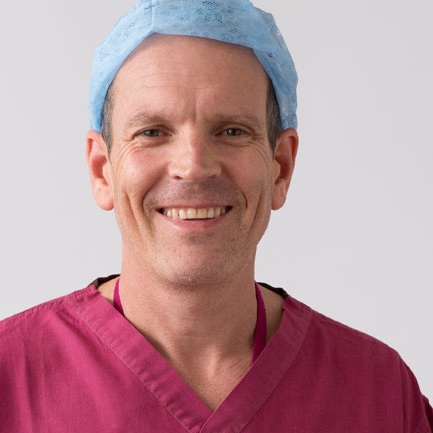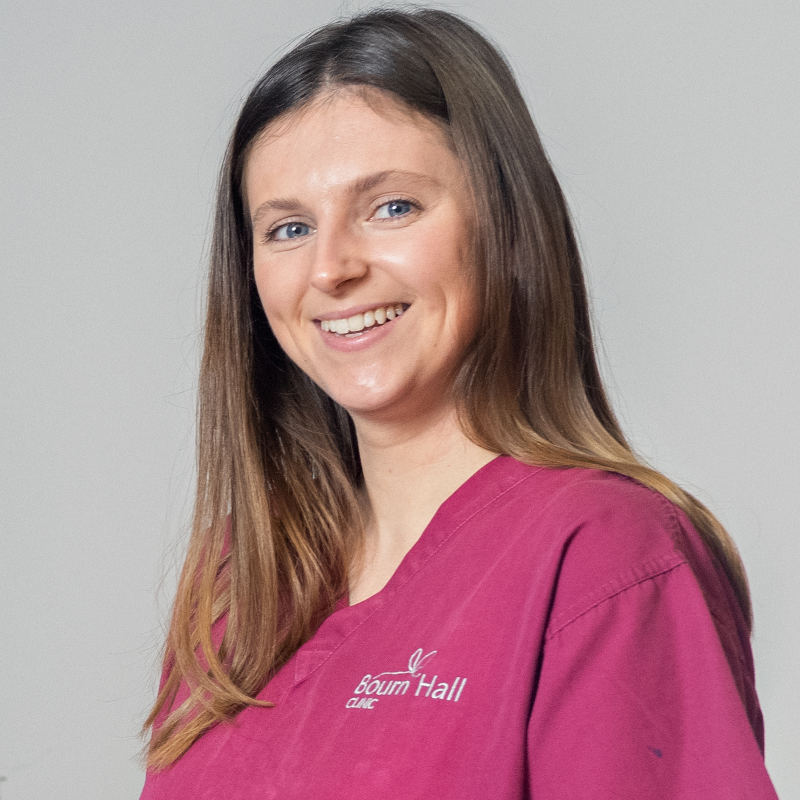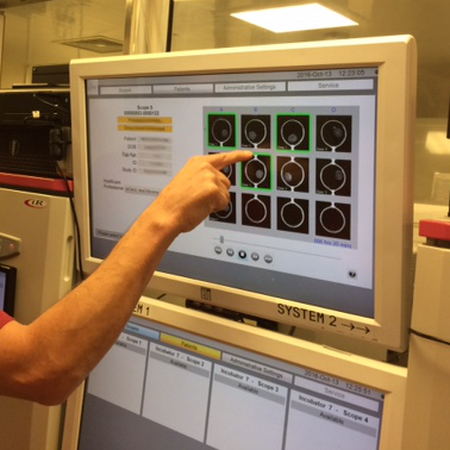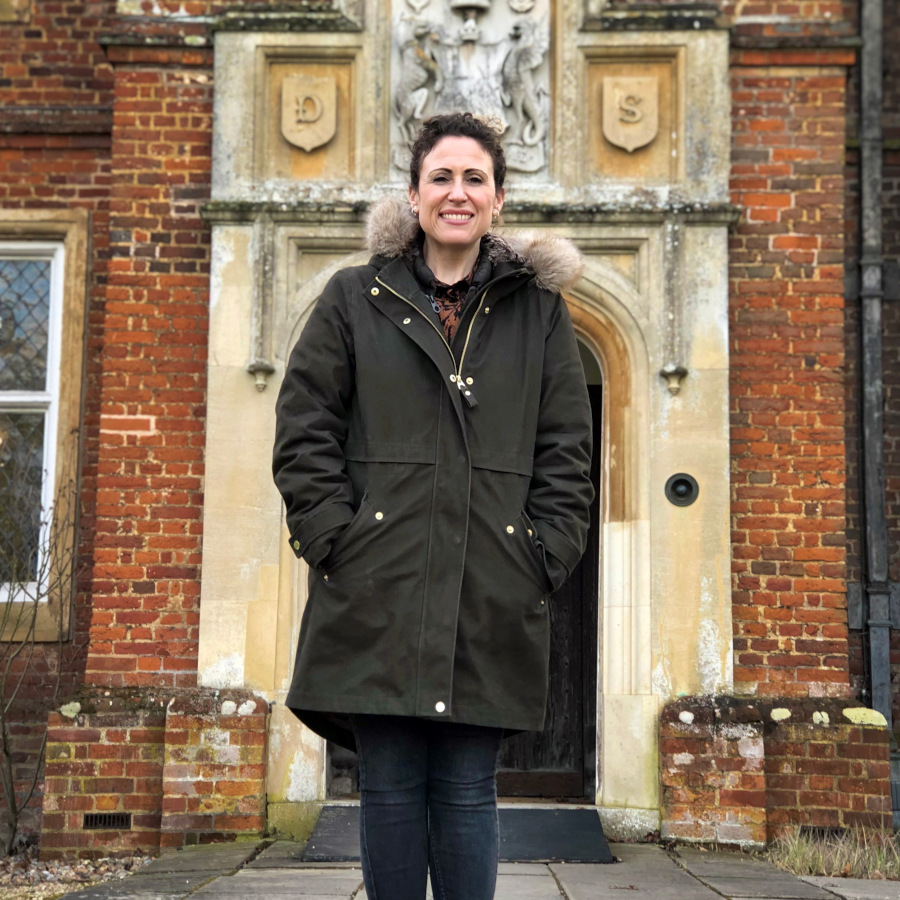When asked what he thinks is the greatest breakthrough since IVF began, Adam Burnley, Regional Lead Embryologist for the Bourn Hall Cambridge and Norwich Clinics, says it is ICSI (Intra Cytoplasmic Sperm Injection).
“Being able to carefully select the best sperm and inject it directly into the egg was a step change in IVF,” he explains. “Before ICSI there was little we could do to overcome male infertility and 50% of infertility cases have a male factor.”
Adam joined Bourn Hall in 1986 when two of the pioneers of IVF, Patrick Steptoe and Bob Edwards, were still working at the clinic. In 2022 an embryologist needs to have completed a degree and the Scientist Training Programme (STP), but when he started Adam was learning on the job, as many of the techniques used in IVF were still evolving.

Blastocyst culture increasing success rates
One of the developments that has increased success rates is transferring five-day embryos called blastocysts. This has been made possible by improvements in the culture media, the liquid that surrounds the embryos while they are in the lab.
After eggs are collected and mixed with sperm in the lab, the developing embryos are kept in dishes filled with drops of culture media. Improvements in the media now allow the embryos to grow up to five days, reaching blastocyst stage. This is when the cells start to differentiate, half becoming the baby and the rest the placenta.
In natural conception it is at this point that the embryo would reach the womb, with the lining thickening to receive it.
Not all embryos will reach the stage of blastocyst in the lab and a decision may be made to transfer the embryos earlier. These embryos can still result in a pregnancy and for some patients it might be a better option. This is the type of decision where the experience of the embryologist is invaluable.
Role of the embryologist
Adam explains that the work of an embryologist is a skill that requires manual dexterity.
“My job has changed over the years and as Lead Embryologist I have a managerial role, which means I probably spend less time now in the lab than originally, but I still keep up my competencies by performing all laboratory work and helping out where needed.
“I also act as the Training Officer for Lucy Pullan, who is studying on the Scientist Training Programme to become a Clinical Scientist. Under supervision, she is now involved in grading the embryos, which takes a trained eye and experience.
“Although technologies such as time-lapse video and Artificial Intelligence (AI) may in time help to automate many elements of embryology, it still relies on the skill of the embryologist.”
HFEA ‘Traffic Light’ system
IVF is highly regulated and an increasing element of Adam’s work involves reporting, Quality and Assurance, Audits and HFEA inspections.
A recent development by the HFEA is a traffic light system to indicate the evidence of success for fertility treatments.
Clinical trials in fertility treatments are very difficult to perform. There are so many variable factors that no two people have the same cycle and even the same individual can vary from month to month.
Adam will talk about some of the additional treatments or ‘add-ons’ that people may have heard about. This includes embryo glue, which is thought to help implantation, and pre-implantation genetic testing (PGT-A), which helps to select embryos with the right number of chromosomes, overcoming one of the common reasons for recurrent miscarriage.
“These types of treatments are known as adjuvants as there is limited scientific evidence to prove that they make a difference to success rates; however, in the clinic they have been found to be helpful to some patients, in some situations.
“At Bourn Hall we individualise treatments for the patient. We keep careful records about the quality of the eggs, sperm and embryos and the patient’s response to medication. If the first cycle is unsuccessful all this information is used to inform the next cycle.
“This is why NICE guidelines recommend that IVF is considered a programme of treatment, with three full cycles giving the optimum chance of a successful birth.
“IVF treatment is complicated, and although the basics haven’t changed much since the early days of the clinic, we are still learning all the time and trying new approaches to improve outcomes and patient experience.
“For the patient there is a lot to get their head around, which is why I am looking forward to speaking at the Fertility Support Group to discuss some of the decisions that need to be made on their fertility journey.”







